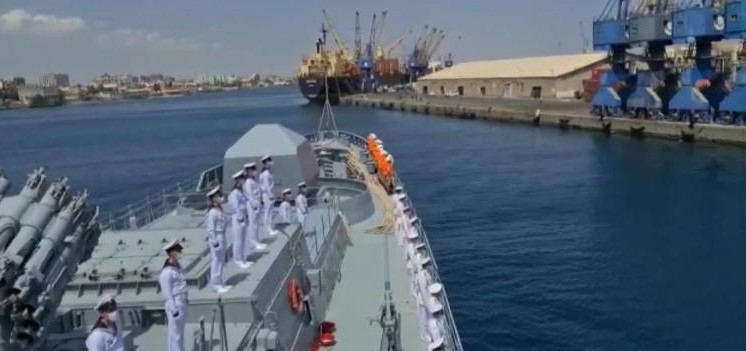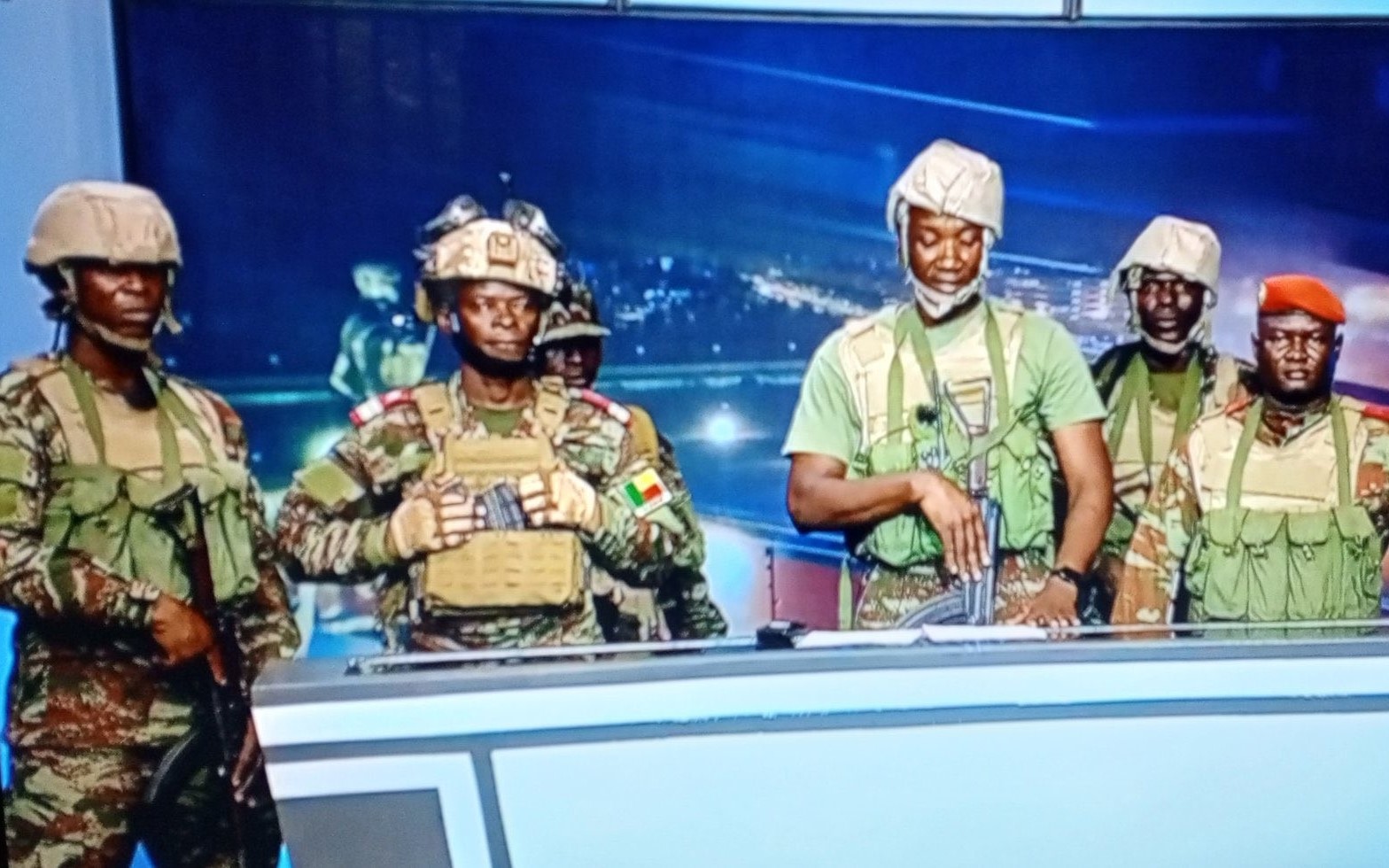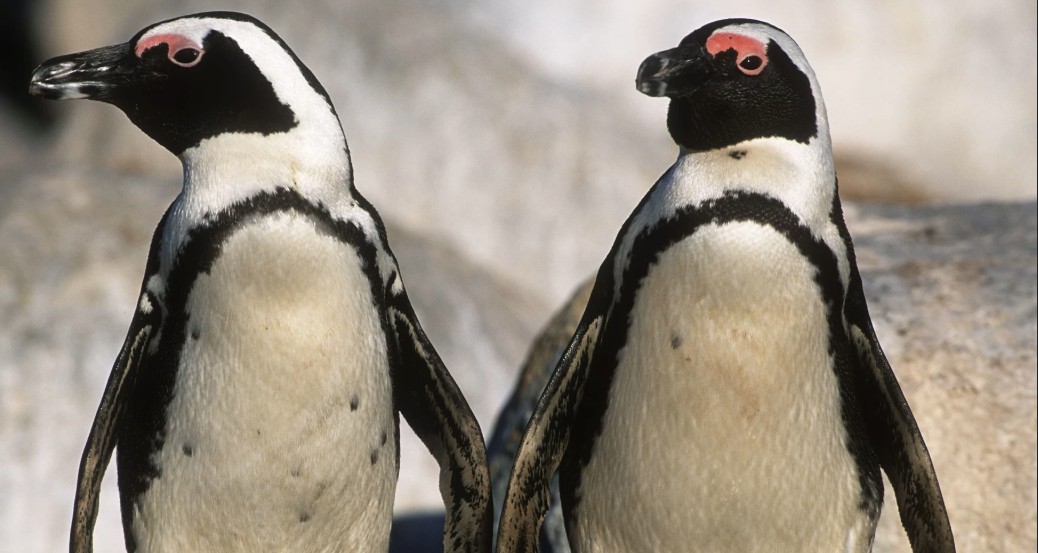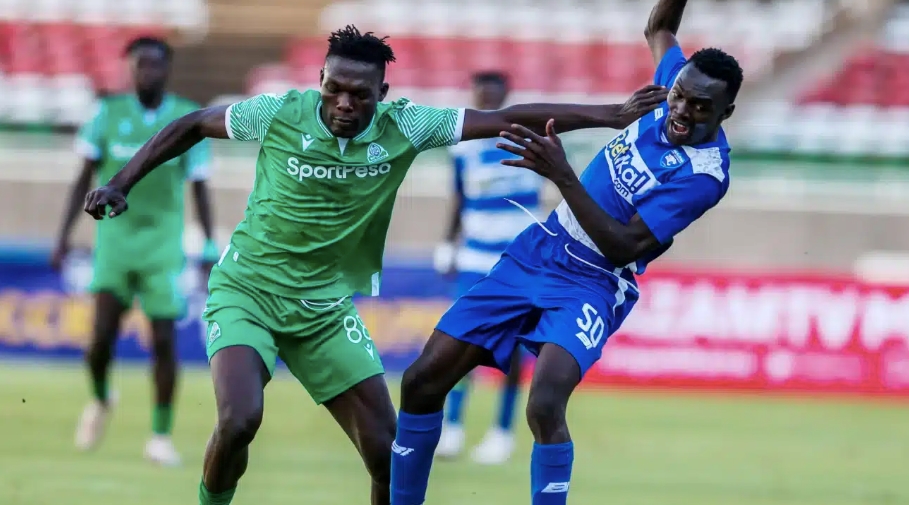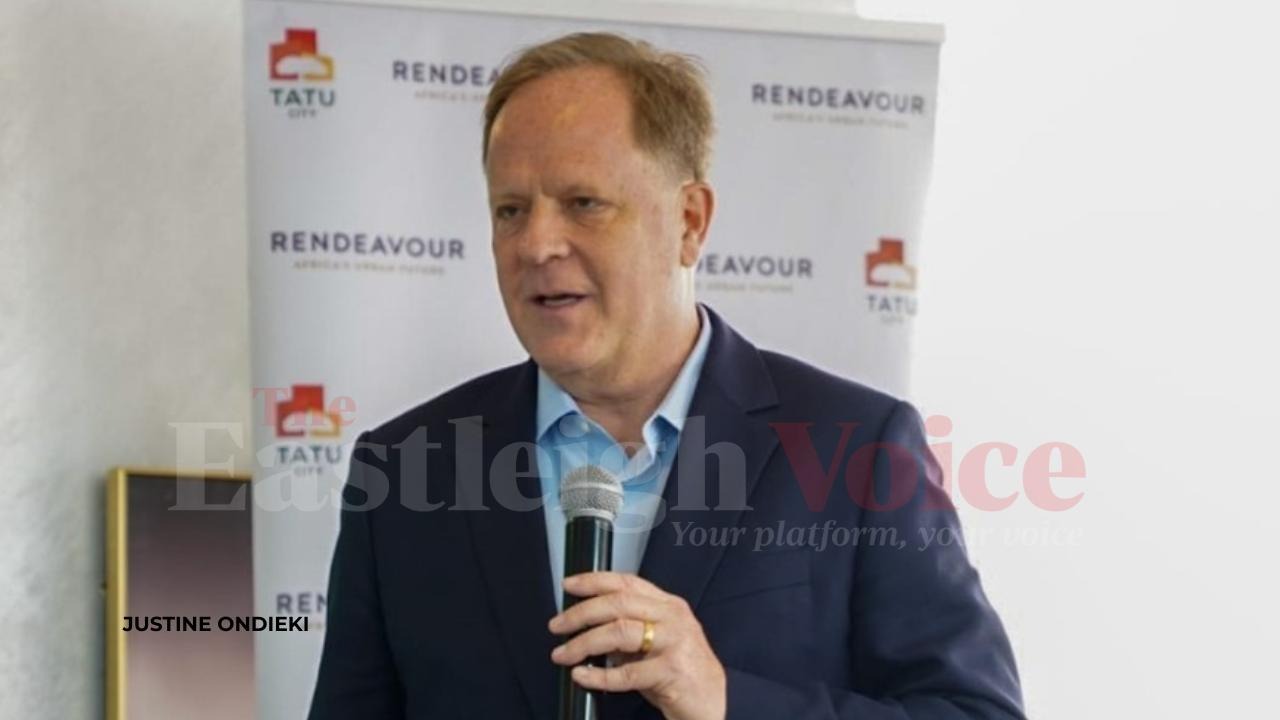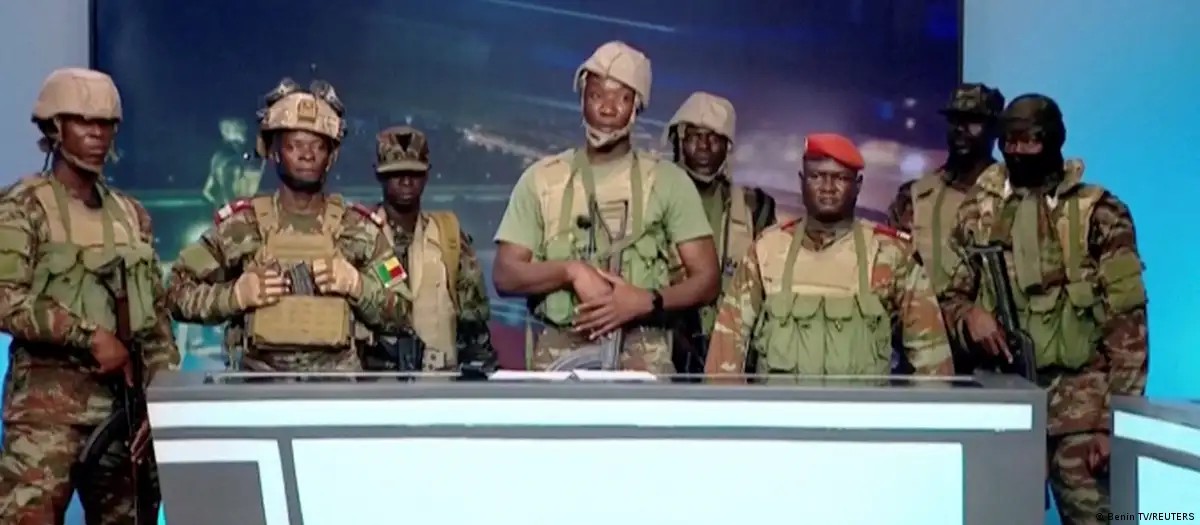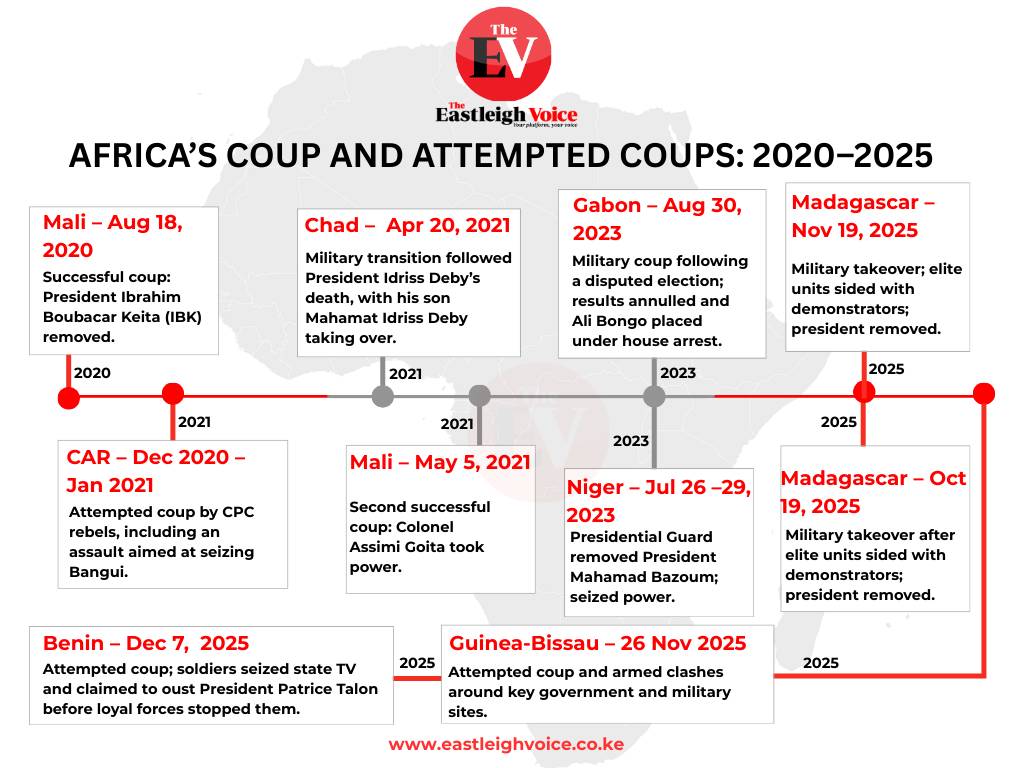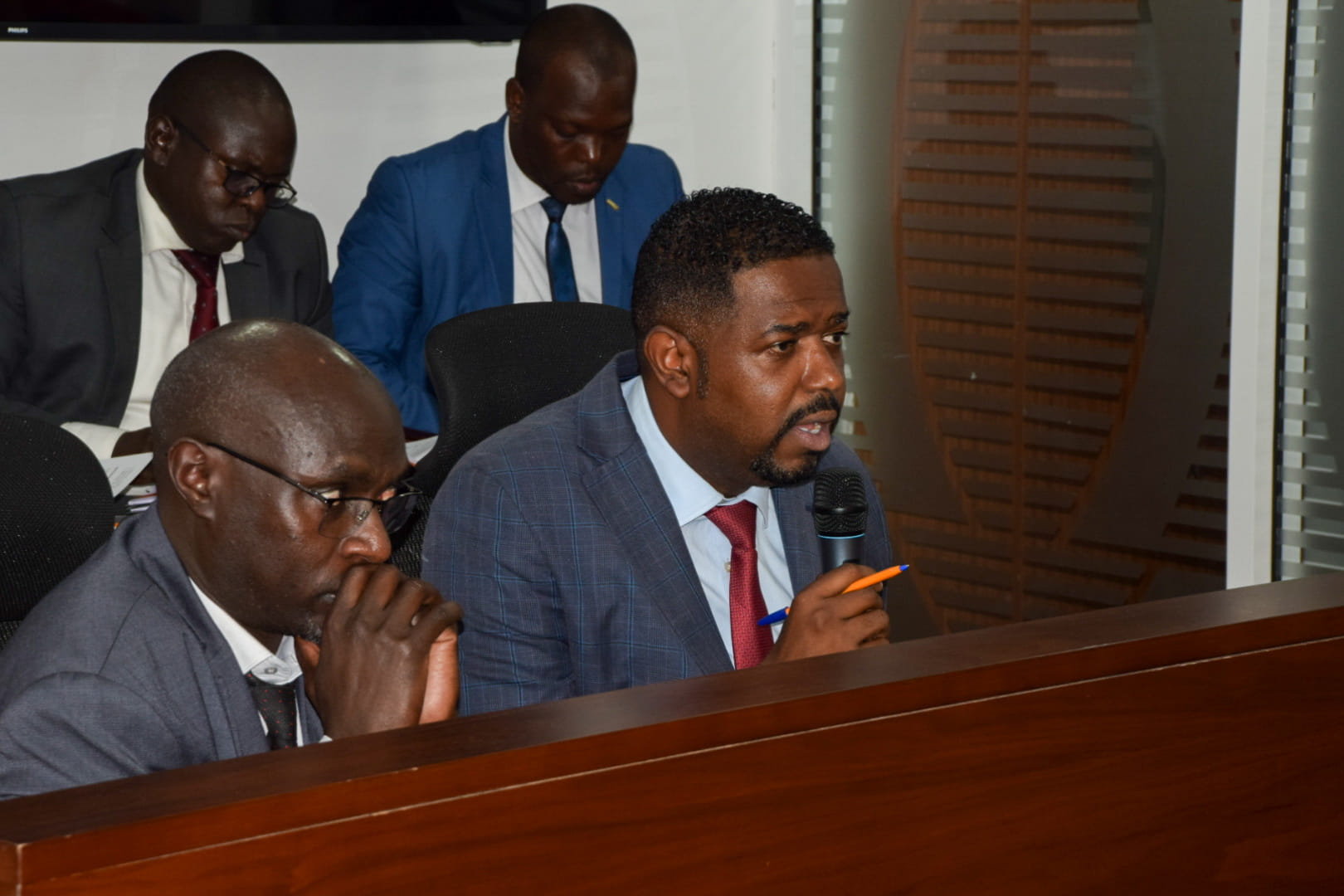Former Prime Minister Raila Odinga is dead
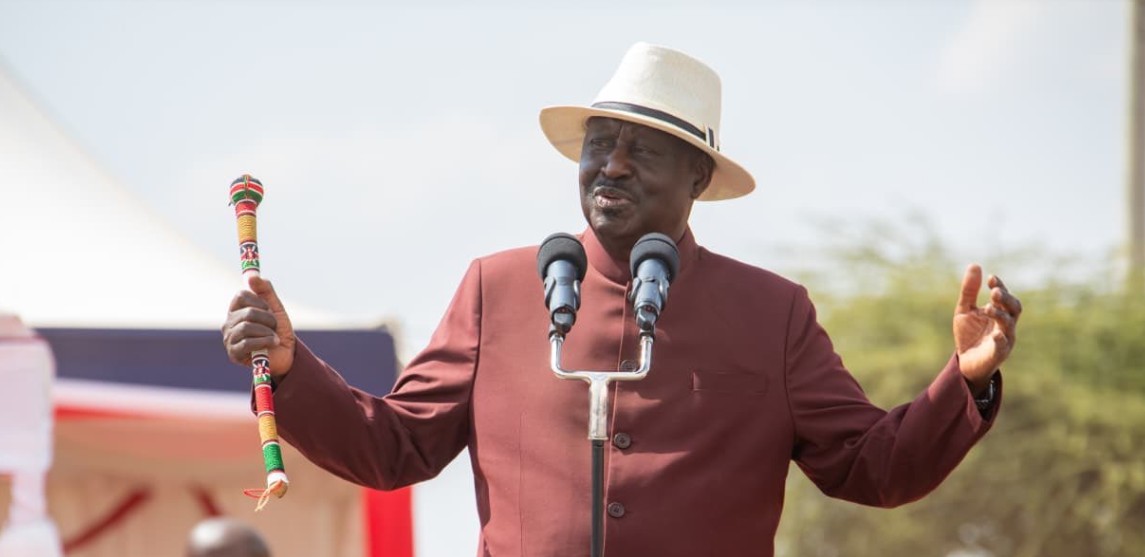
Raila Odinga suffered a cardiac failure during his morning walk on the campus.
Former Prime Minister Raila Odinga is dead. According to The Hindu, an Indian news outlet, the 80-year-old passed away at an Ayurvedic eye hospital-cum-research centre at Koothattukulam in Ernakulam district of Kerala, India, on Wednesday (October 15, 2025). He suffered a cardiac failure during his morning walk on the campus.
The Hindu reported that the death occurred around 9 am, according to the authorities of Sreedhareeyam Ayurvedic Eye Hospital and Research Centre. He had been under treatment at the facility for the last five days. He was accompanied by his daughter, Rosemary Odinga, and his personal doctor, they said.
More To Read
- Why Beryl was buried facing the gate at the Kang’o Ka Jaramogi home
- Full implementation of NADCO report puts UDA–ODM pre-election alliance under pressure
- Saboti MP Caleb Amisi warns ODM may not survive 2027 after by-election struggles
- Raila Odinga's sister Beryl Achieng dies
- Why fight over ODM threatens party’s future, Odinga dynasty - analysts
- Oburu Oginga declares firm grip on ODM, promises to lead in Raila’s footsteps
The hospital authorities said his body would be embalmed, and further steps would be taken as per the instructions from the Ministry of External Affairs and the Kenyan Embassy in New Delhi.
Born in 1945 in Maseno, Kisumu County, Raila is known for his decades-long struggle for democracy, reform, and social justice after having joined politics in the late 1970s. In 1982, following the failed coup attempt against President Daniel Arap Moi’s regime, he was detained without trial for nearly eight years, accused of involvement in the plot. His imprisonment and subsequent detentions cemented his image as a reformist and defender of democracy.
In the 1990s, he became a leading voice in the push for multiparty democracy, aligning with movements such as FORD (Forum for the Restoration of Democracy). He later joined and led several political parties, including the National Development Party (NDP) and Orange Democratic Movement (ODM) and coalitions including NASA and Azimio la Kenya.
Raila has contested the presidency five times, in 1997, 2007, 2013, 2017, and 2022, coming close to victory multiple times. The 2007 election was particularly contentious, sparking post-election violence that left over 1,000 people dead. He later served as Prime Minister (2008–2013) in a coalition government with President Mwai Kibaki, following a peace accord brokered by former UN Secretary-General Kofi Annan.
In 2017, he contested the August 2017 polls and was sworn in as the 'people's president' on January 30, 2018. NASA released what it said were the “real” results from the August 2017 polls, which showed that Odinga had won with some 8.1 million votes, enough to put him over the 50 per cent threshold necessary to avoid a runoff election, while Kenyatta received about 7.8 million.
Later that day, the government declared the NRM a criminal group, which left NRM members vulnerable to arrest. Some were arrested in the following days, such as Miguna Miguna, who called himself the general of the NRM; he was later charged with having committed treason-related offences for having taken part in Odinga’s self-styled inaugural ceremony.
Raila and Uhuru later reconciled in early March 2018 in what became popularly referred to as “the handshake” as well as viewed as a symbol of bipartisanship. Raila went on to work with Uhuru on the Building Bridges Initiative (BBI), a task force that met with citizens from all walks of life in Kenya to identify some of the country’s greatest challenges and then recommend solutions to address the problems. The task force released its report in November 2019.
In 2022, Raila, under Azimio la Umoja he lost to President William Ruto. But in August 2024, he joined a broad-based government formed by President Ruto, following months of nationwide protests and civil unrest in June 2024.
“We have heard the voice of the people. Kenya is greater than any one individual or political formation. In the interest of peace, stability, and national unity, I have agreed to work with this administration in a new, inclusive arrangement,” Raila said.
President Ruto praised the move as a "mature and statesmanlike decision" that would help steer Kenya through turbulent economic and political times.
“We may have differed politically, but our duty to the people of Kenya must come first. This broad-based government is not about positions, it’s about purpose,” Ruto said.
The development followed months of mass demonstrations sparked by a rising cost of living, accusations of electoral injustice, and the controversial Finance Act 2025, which many Kenyans saw as punitive and out of touch.
The move made him remain in Kenya's political sphere until his death.
Other Topics To Read
Top Stories Today
